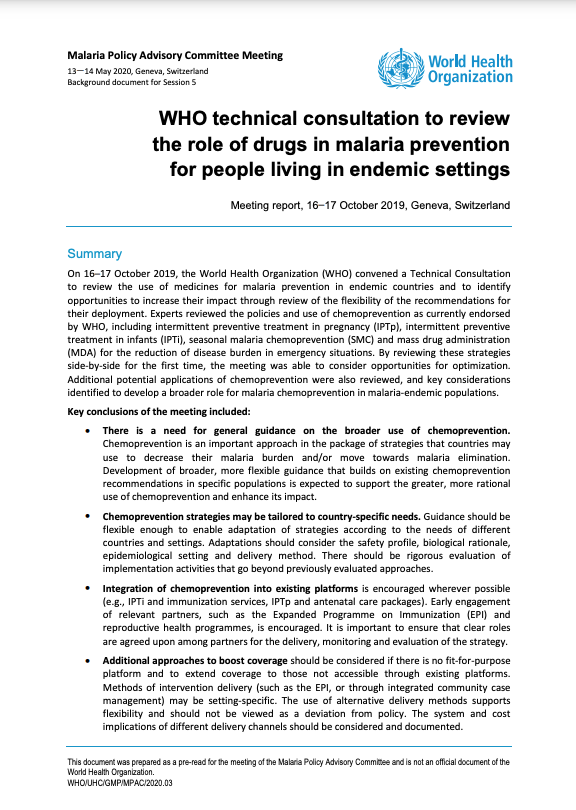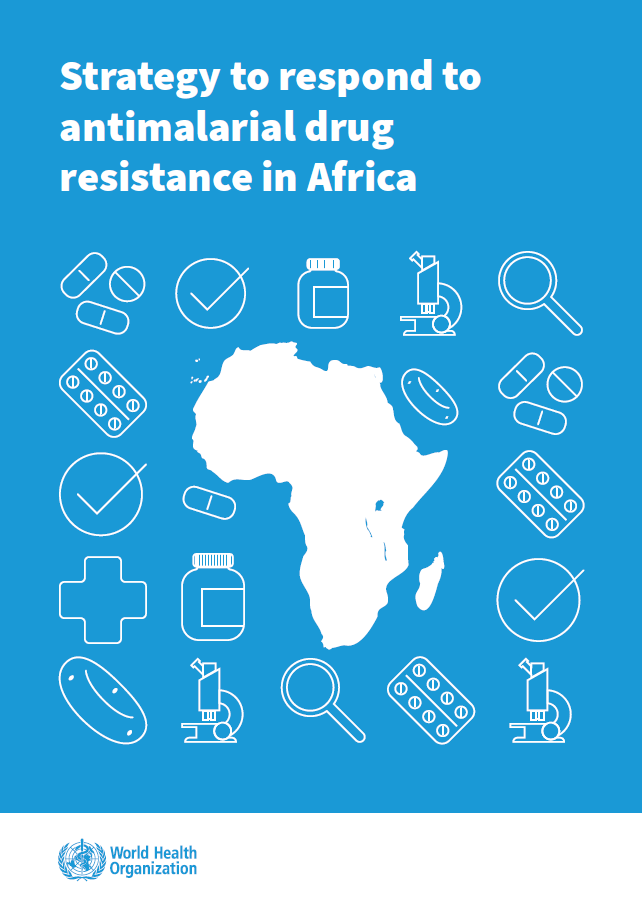Last Updated: 28/05/2025
Delineating host, parasite and pharmacologic factors impacting the treatment of malaria in children with and without HIV
Objectives
To characterize the relationship of parasite dynamics, drug exposure, and resistance selection in children with and without HIV, with the ultimate goal of informing optimized treatment regimens for most vulnerable demographic in Africa.
Specific objectives:
- To better understand the true impact of the extended regimen of artemether-lumefantrine on antimalarial efficacy, transmission dynamics, and post-treatment prophylaxis.
- To determine whether the inherent PK mismatch of Artemisinin-based combination therapy (ACT) drug half-lives may serve as a potent force for partner drug resistance selection.
- To identify key aspects of the host response to malaria, including those in the setting of HIV, that are associated with molecularly-delineated treatment responses in children.
Malaria is a leading cause of global morbidity and mortality in sub-Saharan Africa (SSA). Artemisinin-based combination therapies (ACTs) combine a potent short-acting artemisinin and a longer-acting partner drug, with artemether-lumefantrine (AL) as the most widely prescribed antimalarial in SSA. ACTs act through the rapid reduction of initial parasite burden (artemisinin), elimination of residual parasites (partner drug), and post- treatment prophylaxis against new infections (partner drug), with combination therapy theoretically reducing the risk of drug resistance. SSA also bears the highest burden of HIV worldwide, with over 2.4 million children and adolescents challenged by both HIV-related immunosuppression and chronic HIV-related immune activation despite effective antiretroviral therapy. It has been shown that AL concentrations are lower in young children, pregnant women, and HIV-coinfected individuals on certain antiretroviral therapy regimens. Lower drug levels correlated with significantly reduced efficacy, as measured by recurrent infection. Extending the duration of AL therapy is a potential approach to improve outcomes. This prompted us to evaluate the safety, efficacy, and pharmacokinetics (PK) of 5-day (10-dose) versus standard 3-day (6-dose) AL in children with and without HIV living in a high transmission intensity region of Uganda (EXALT trial). As intended, the extended regimen significantly improved AL PK exposure in children with and without HIV. However, while nearly all children were microscopy-negative within a few days of AL therapy, ~70% of children developed recurrent microscopically detectable parasitemia over 42-day follow-up. The true parasite dynamics over this follow-up period are hidden below the threshold of microscopic detection. Highly sensitive RNA-based molecular pilot data from our trial has detected a high burden of persistent parasite RNA for weeks after treatment, the significance of which is unclear. However, it is likely that persistent/recurrent parasites are likely to encounter subtherapeutic levels of partner drug lumefantrine (monotherapy), which may increase the risk of drug resistance selection. In addition, non- sterilizing immunity is gradually acquired following repeated malaria infections and the impact of HIV-related immunosuppression and chronic immune activation on these responses has not been explored in the omics era. Thus, while the goal of EXALT was to improve treatment in children with and without HIV, a more rigorous molecular and omic investigation will allow us to 1) better understand the true impact of this intervention on antimalarial efficacy, transmission dynamics, and post-treatment prophylaxis, 2) determine whether the inherent PK mismatch of ACT drug half-lives may serve as a potent force for partner drug resistance selection, and 3) identify key aspects of the host response to malaria, including those in the setting of HIV, that are associated with molecularly-delineated treatment responses in children. Resulting data will allow for optimization of ACTs in these vulnerable groups.
Sep 2022 — Aug 2024
$243,130


